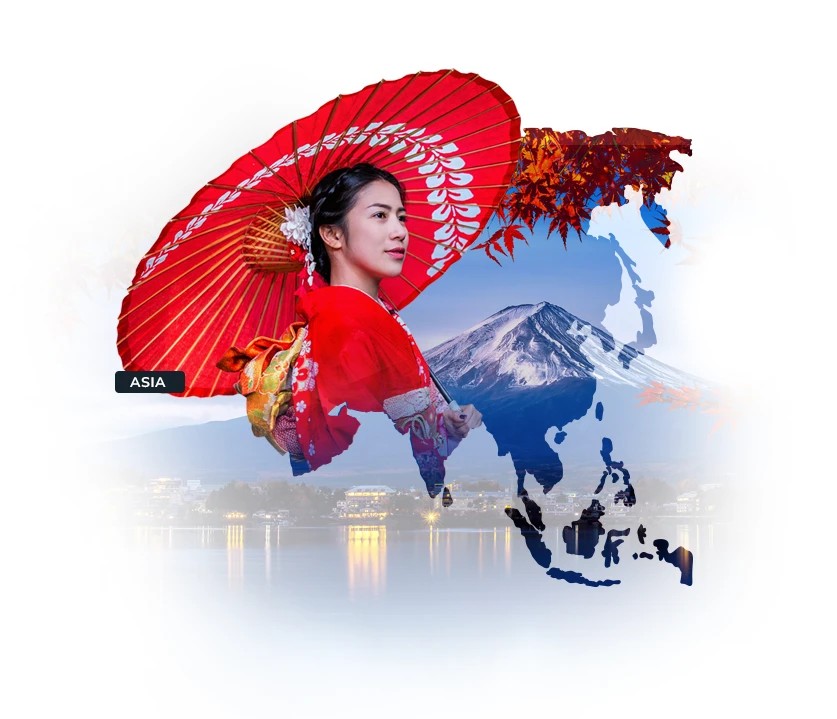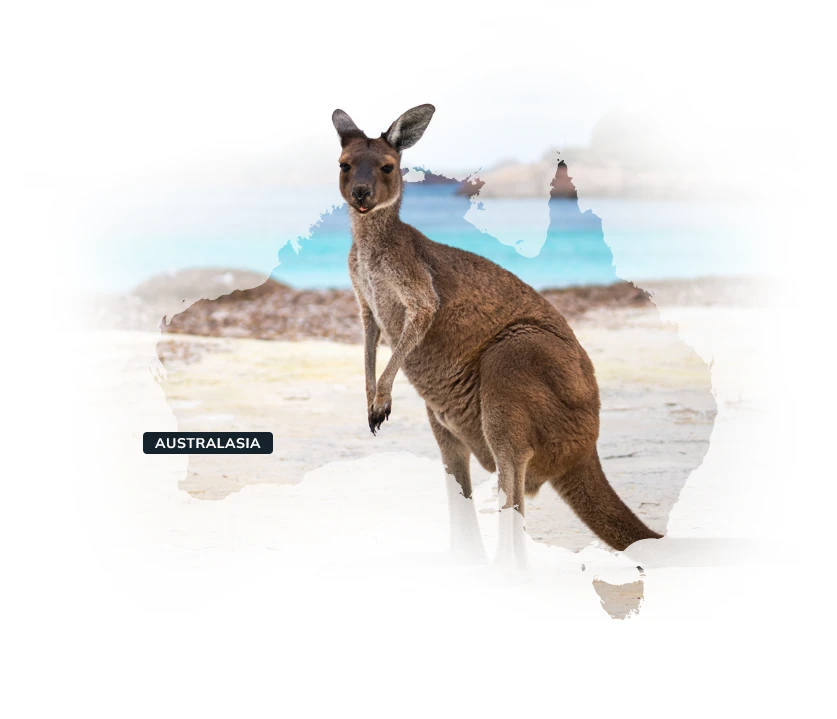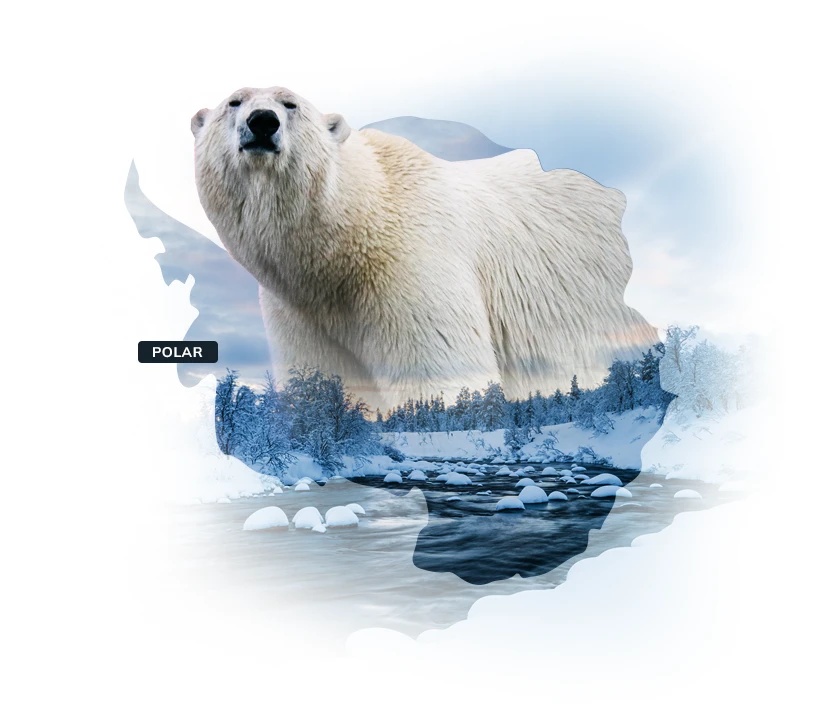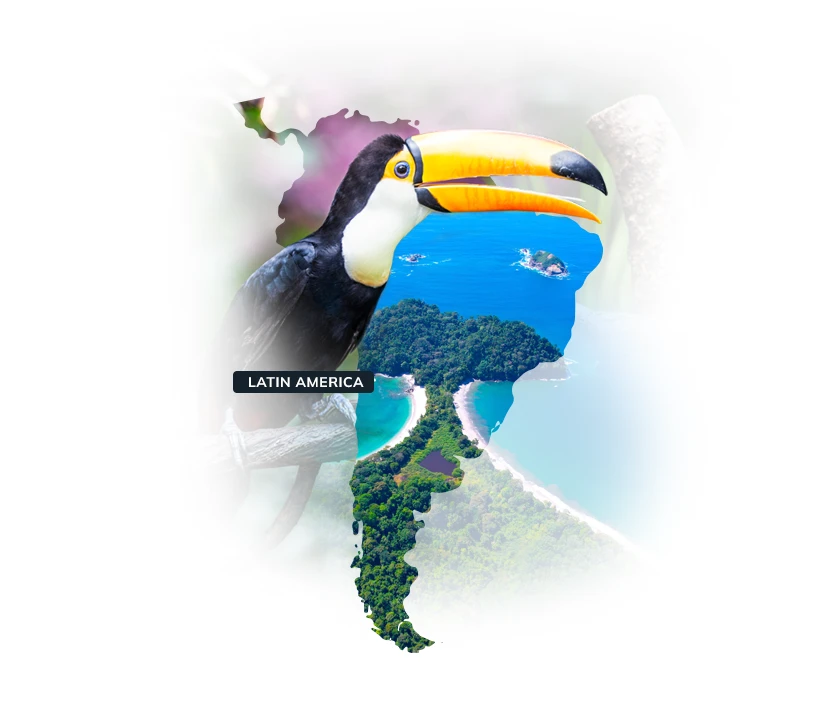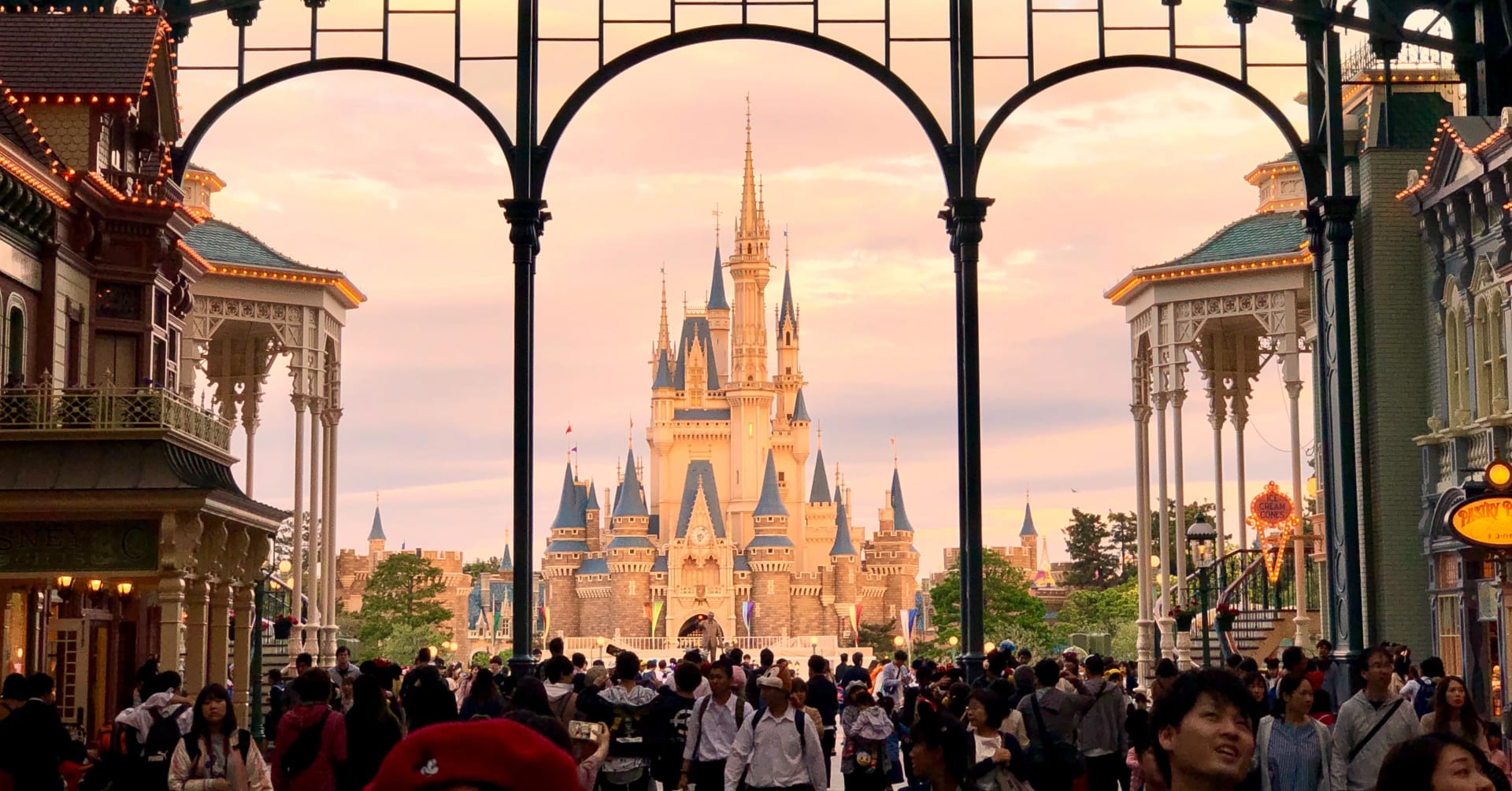Two-Week Rural Japan Explorer
Tailor made from $16790 per person
15 days
Osaka, Kyoto, Hiroshima, Shikoku, Naoshima, Himeji
Tailor made from $16790 per person
 15 days
15 days
 Osaka, Kyoto, Hiroshima, Shikoku, Naoshima, Himeji
Osaka, Kyoto, Hiroshima, Shikoku, Naoshima, Himeji
Enquire Online
Trip Itinerary
Please select any day below to view that destination
- Day 1 – Arrival, Osaka and Kyoto
- Day 2 – Private Tour of Kyoto
- Day 3 – Zazen Meditation at Gesshin-In Temple
- Day 4 – Kyoto to Hiroshima
- Day 5 – Exploring Miyajima
- Day 6 - Miyajima to Matsuyama
- Day 7 – Matsuyama to Takamatsu
- Day 8 – Day Trip to Naoshima Island
- Day 9 – Drive from Takamatsu to Iya Valley
- Day 10 – Exploring Iya Valley by Car
- Day 11 – Iya Valley to Himeji
- Day 12 – Himeji to Mount Koya
- Day 13 – Mount Koya to Osaka
- Day 14 – Cycling Tour of Osaka
- Day 15 – Departure from Osaka Kansai Airport
An off-the-beaten-path adventure through the Japanese countryside, ideal for those seeking an authentic experience in the heart of rural Japan.
Explore rural Japan in two weeks! This curated adventure covers off-the-beaten-path gems to uncover another layer of Japan rarely seen by tourists, and experience rural life in Japan, from Kyoto's ancient charm to Hiroshima's poignant history and Miyajima's iconic Torii Gate. Discover Shikoku's hot springs, Takamatsu's gardens, and art in Naoshima. Drive through the dramatic Iya Valley, visit Himeji Castle, followed by a spiritual stay with monks on the plateau of Mount Koya, and bike through Osaka's culinary delights. Personalise your journey for an authentic Japanese experience!
What's Included:
- Meals and drinks mentioned in full itinerary
- Accommodations as stated in the itinerary
- Private airport transfers
- Professional local staff with fair salaries
- 2-Day Kansai Thru Pass and other train tickets between destinations
- 3-Day car rental for a drive around Iya Valley
- Private guided tours of Kyoto and Hiroshima
- Zazen mediation experience.
- A cycling tour of Osaka.
Trip Itinerary
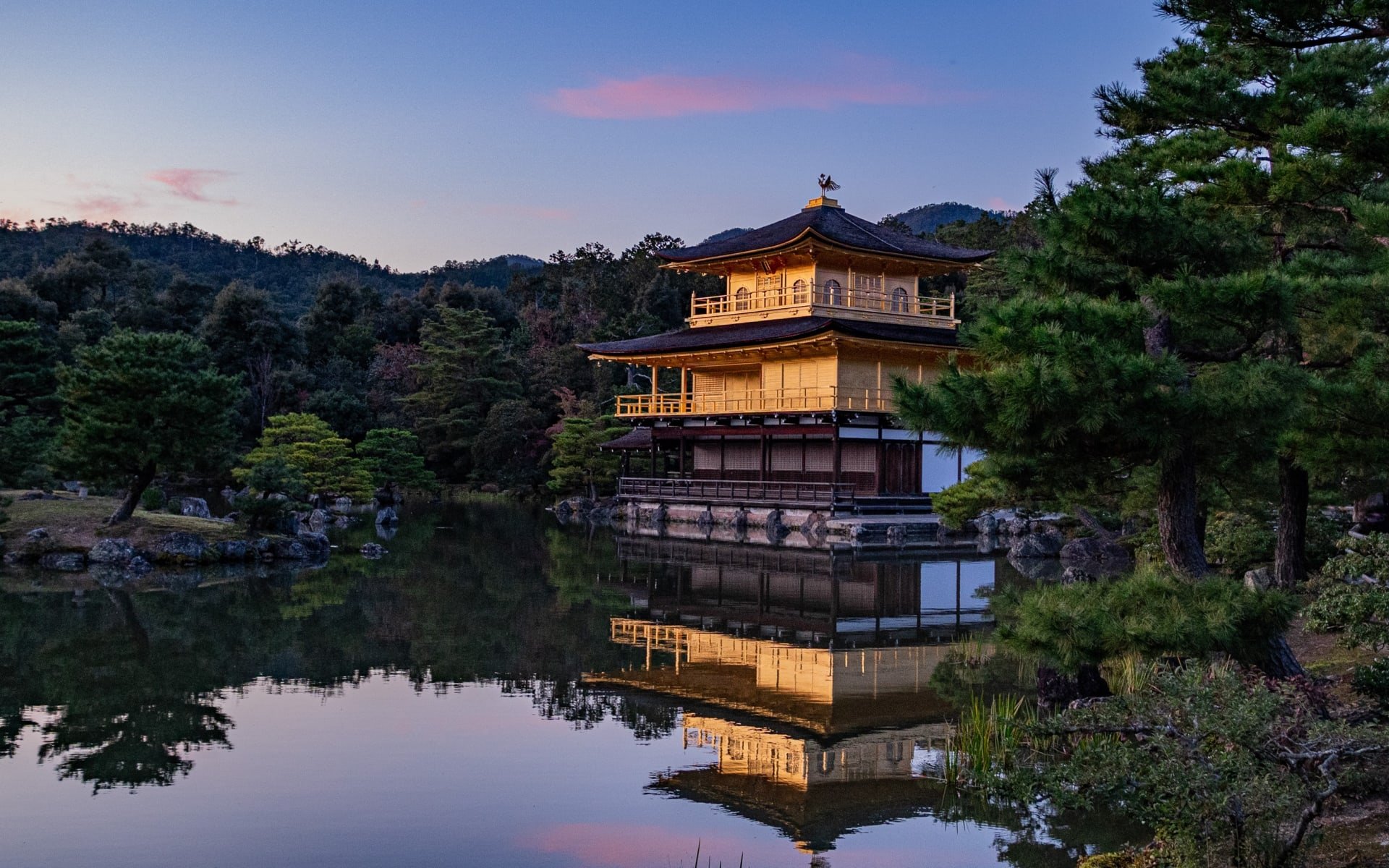
Days 1-3: Kyoto
Day 1 – Arrival, Osaka and Kyoto
Arriving at Osaka Kansai Airport, you’ll take a private vehicle transfer to the city of Kyoto. A former ancient capital and certainly the cultural capital of Japan, Kyoto is a must-see for any Japan tour and a great place to start your Japan adventure.
You’ll be staying at the Villa Sanjo Muromachi Kyoto (breakfast included), tucked away in the backstreets of one of the city’s quieter districts, just behind Karasuma Dori Street’s many bars and restaurants. The hotel features traditional details, such as handmade karakami paper local to Kyoto, artisan fabrics and furnishings, organic toiletries, as well as local tea and coffee. The property is run by a city guide publisher, so the staff are always full of useful travel tips and recommendations.
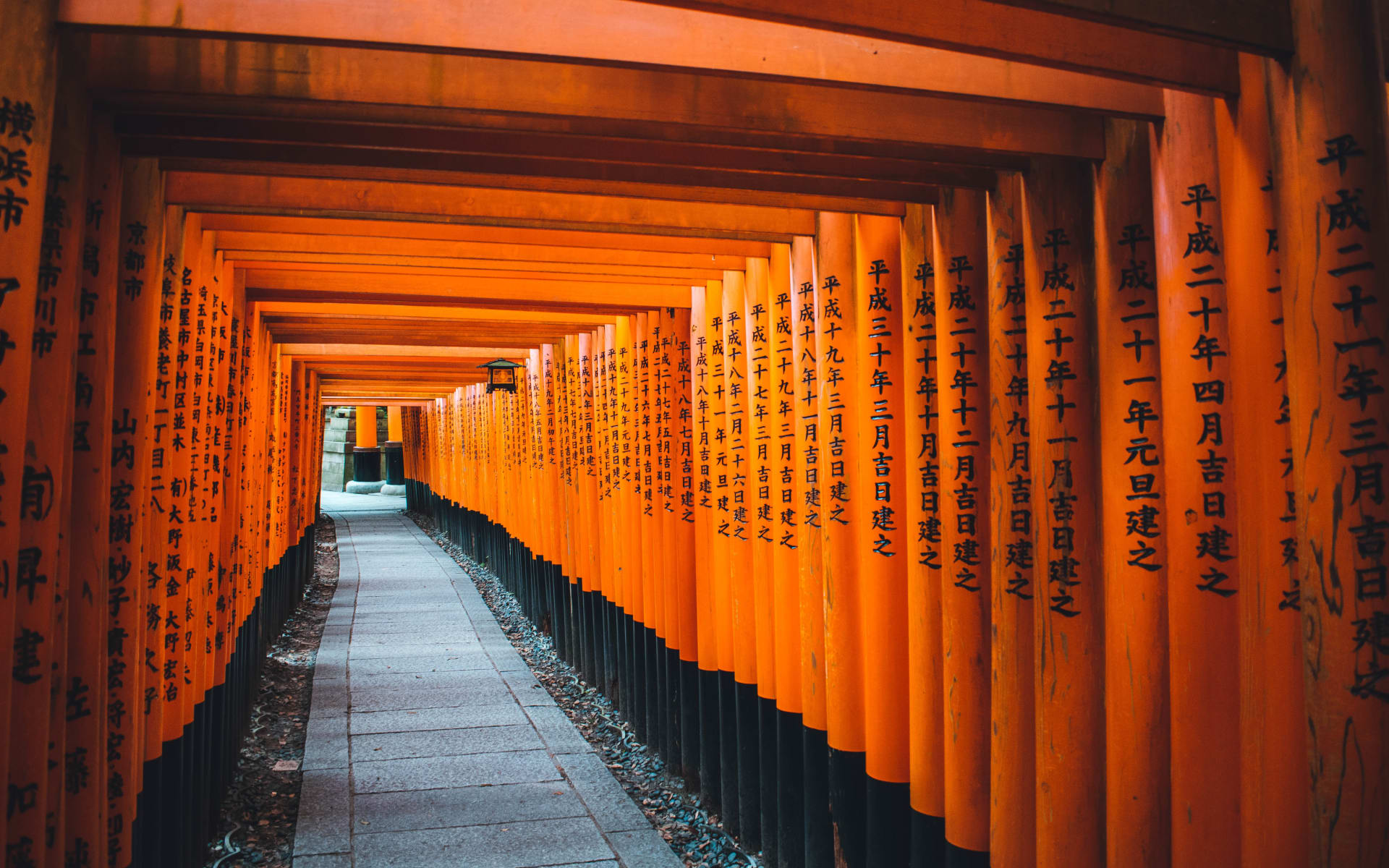
Day 2 – Private Tour of Kyoto
After breakfast at your hotel, a professional English-speaking guide will meet you to take you on a private tour around the city. With 17 UNESCO World Heritage sites, it can be difficult to know what to see first in Kyoto, so our friendly guide will help introduce the ancient capital, and Japanese culture, to you from a local perspective.
Today, Kyoto is a modern city, but its traditions and charm can be found just underneath the surface, with tranquil walks through the cherry blossoms, the sacred shrines nestled between office buildings and the teahouse district of Gion, where you may be lucky enough to spot a mysterious geisha.
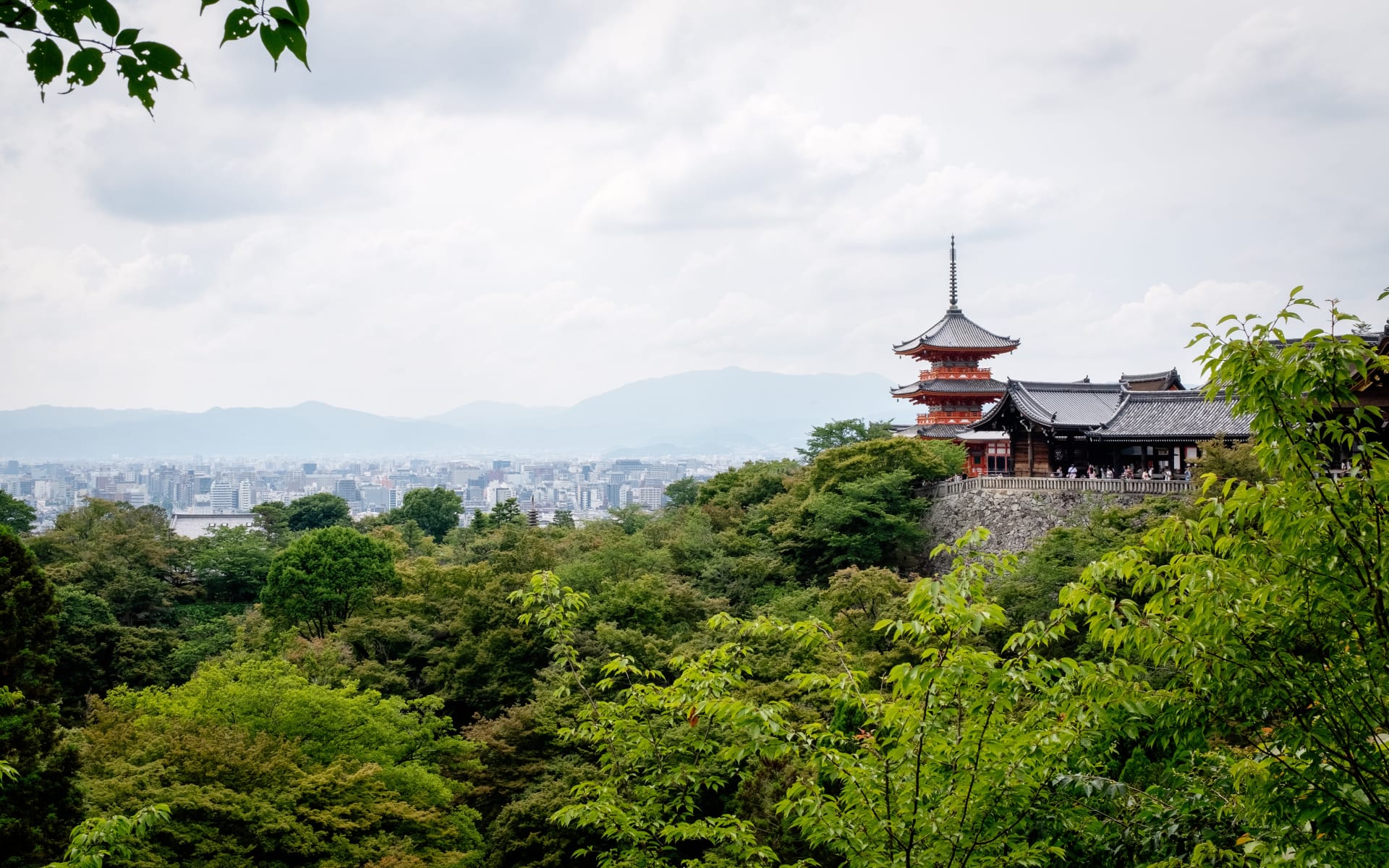
Day 3 – Zazen Meditation at Gesshin-In Temple
From Kyoto, you’ll take a trip east to the foot of the Higashiyama Mountains to visit the Gesshin-in temple. This spiritual place is where you will take part in a traditional Zazen meditation.
Teramae Join, the head priest at the temple complex, will guide you through positioning, breathing and focus before you embark on a 10-minute journey through meditation. When the bell rings and time is up, you’ll also have the chance to learn more about Zen and ask any questions you may have.
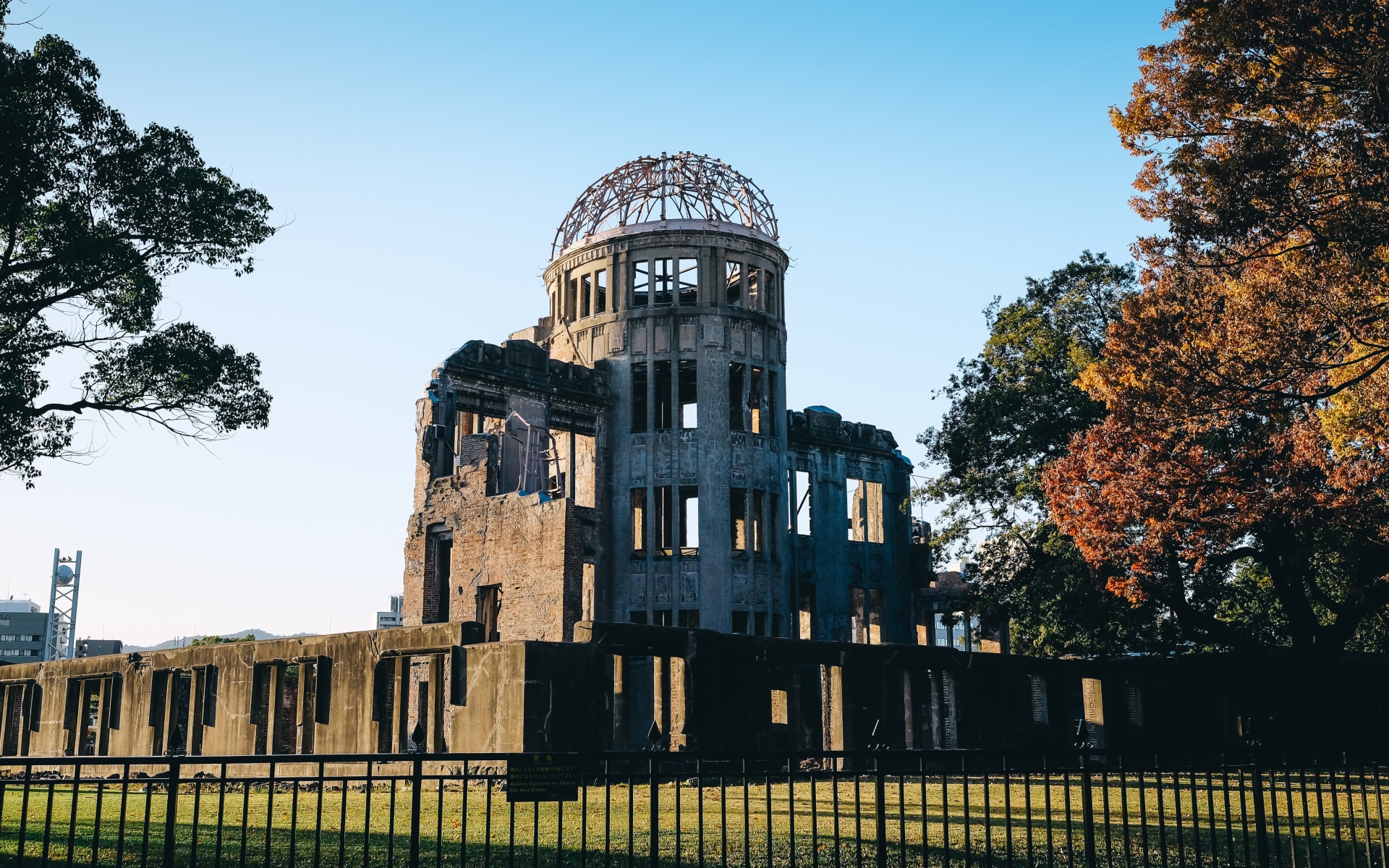
Days 4-5: Hiroshima
Day 4 – Kyoto to Hiroshima
Your two-week Japan itinerary continues to Hiroshima via the Shinkansen bullet train, offering a swift 236-mile journey in just over an hour and a half. In Hiroshima, a private guide will showcase the city's vibrant culture and business growth post-World War II. Highlights include visits to The Peace Park and Museum, the Baseball Stadium, Hiroshima Castle, The Hiroshima Prefectural Museum of Art, and Shukkei-en Gardens.
Don't miss trying the local delicacy, okonomiyaki, a customisable cabbage pancake cooked at your table. The afternoon includes a ferry ride from Hiroshima Peace Park to Miyajima Island, featuring UNESCO sites like the A-Bomb Dome and the iconic red torii of Itsukushima Shrine.
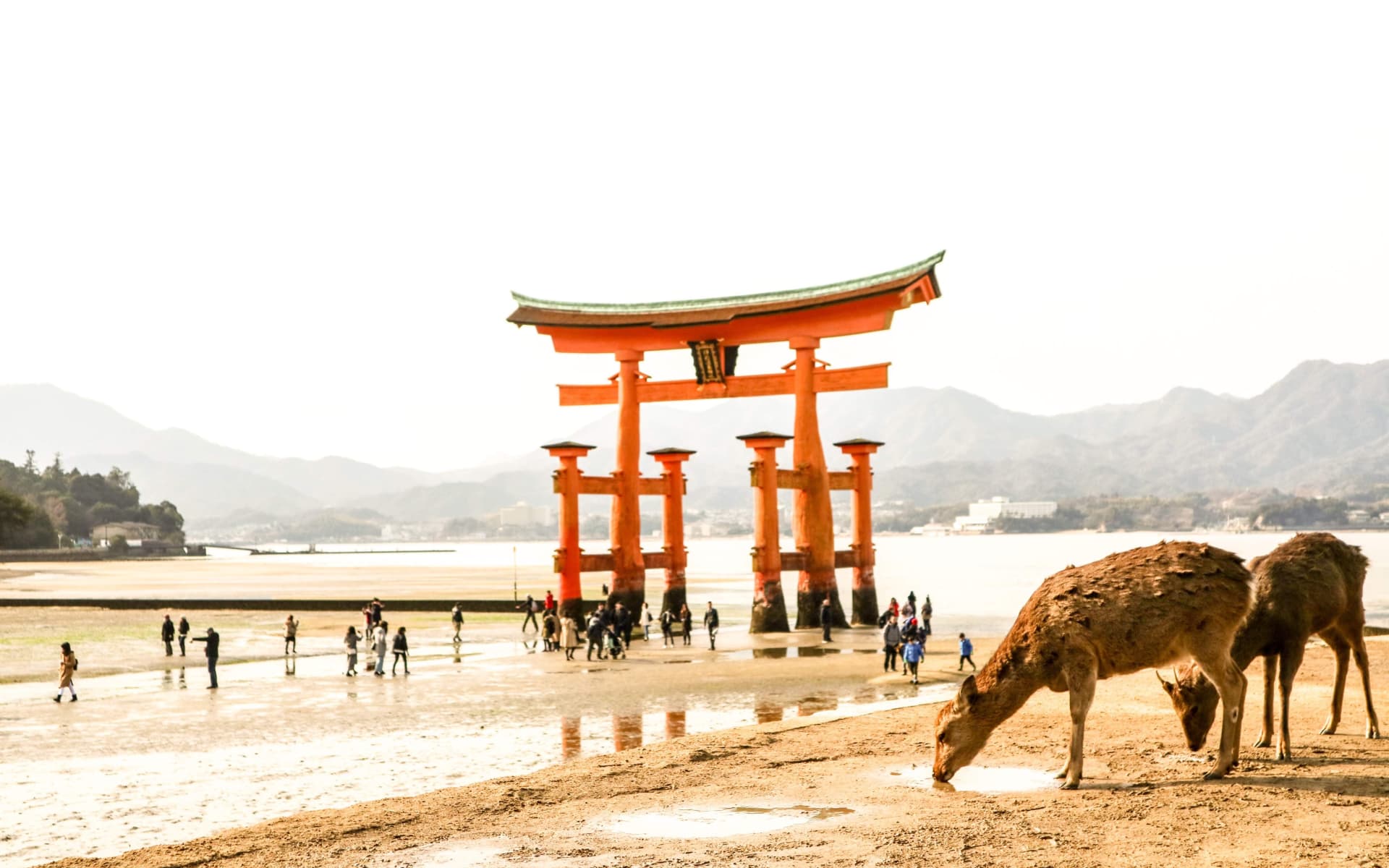
Day 5 – Exploring Miyajima
Miyajima Island is home to the UNESCO World Heritage Site of the Itsukushima Shrine, which is one of Japan’s Top Three Sights. However, this magical island is also one of the most charming rural areas of Japan to visit, with deer roaming free in the island fauna.
One must-do activity on Miyajima is a hike or cable car ride up to the peak of Mount Misen for fantastic views of the Seto Inland Sea and Hiroshima Bay. It takes two hours to climb the 500-metre summit by foot, but you’ll be rewarded with scenic vistas and possibly a monkey encounter. Another great thing to do on the island is to hire a bike from the JR ferry pier and cycle around Miyajima’s many bike paths, which wind along the coast. Pedal to Tsutsumigaura Beach: a quiet stretch of white sand that attracts windsurfers and swimmers in the summer.
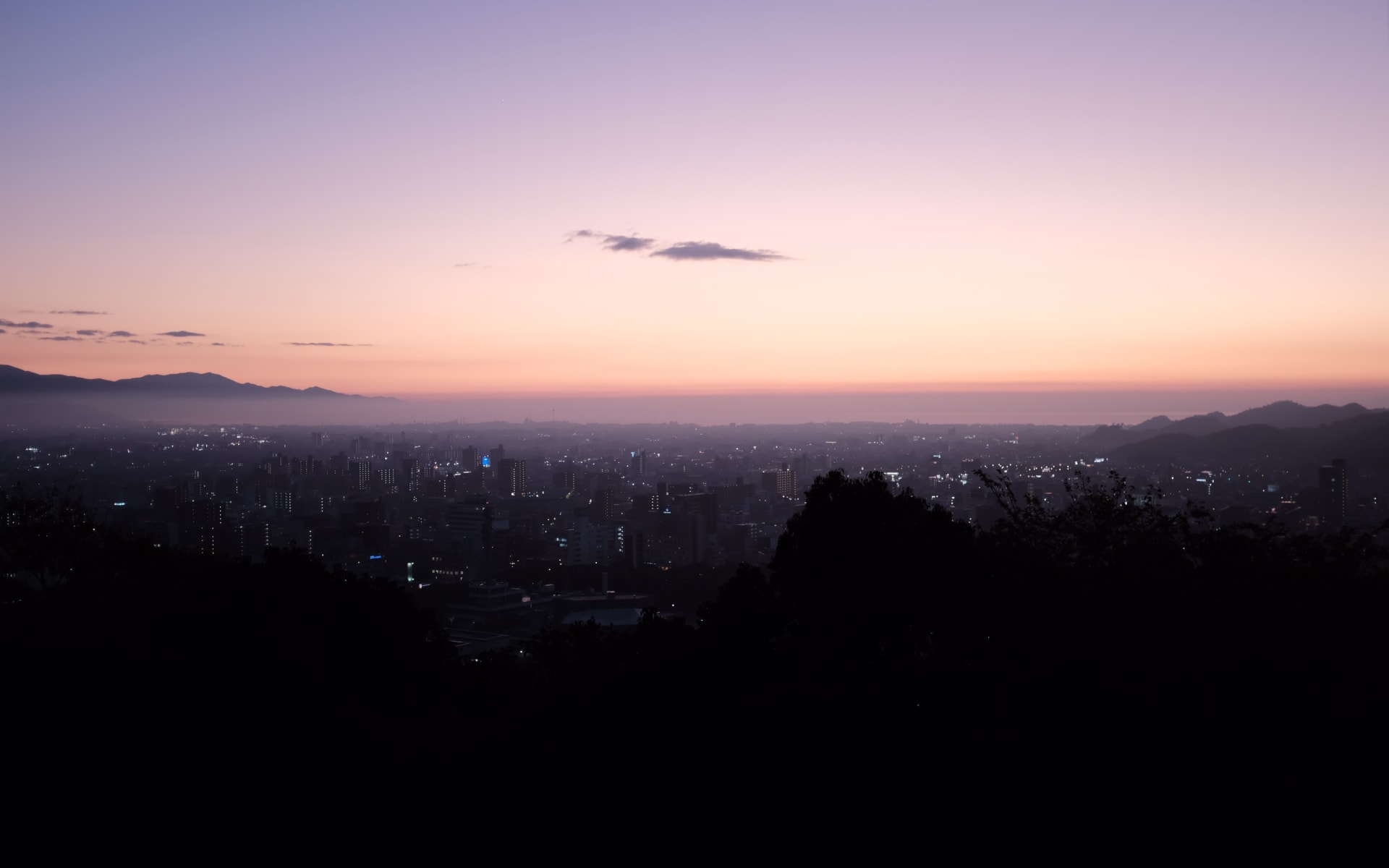
Days 6-11: Shikoku & Naoshima
Day 6 - Miyajima to Matsuyama
The next stop on your two-week Rural Japan adventure is Matsuyama, a quiet castle town located in the Ehime Prefecture, which is well-known as the home of the Dogo Onsen hot springs, the oldest in Japan. Visit Matsuyama’s impressive samurai castle for gorgeous views of the landscape, then soak in the invigorating waters of the hot springs. First mentioned in Nihon Shoki, the oldest book in Japanese classical history, a dip in the baths of the Dogo Onsen is a quintessentially Japanese experience. Look for the white heron decoration and listen for the 6.30 am drum announcing the bath’s opening.
You’ll stay one night at ANA Hotel Matsuyama (breakfast included), a four-star hotel close to Matsuyama Castle. The property features a range of restaurants, serving up cuisine from all around the world, as well as its own three-storey shopping mall.
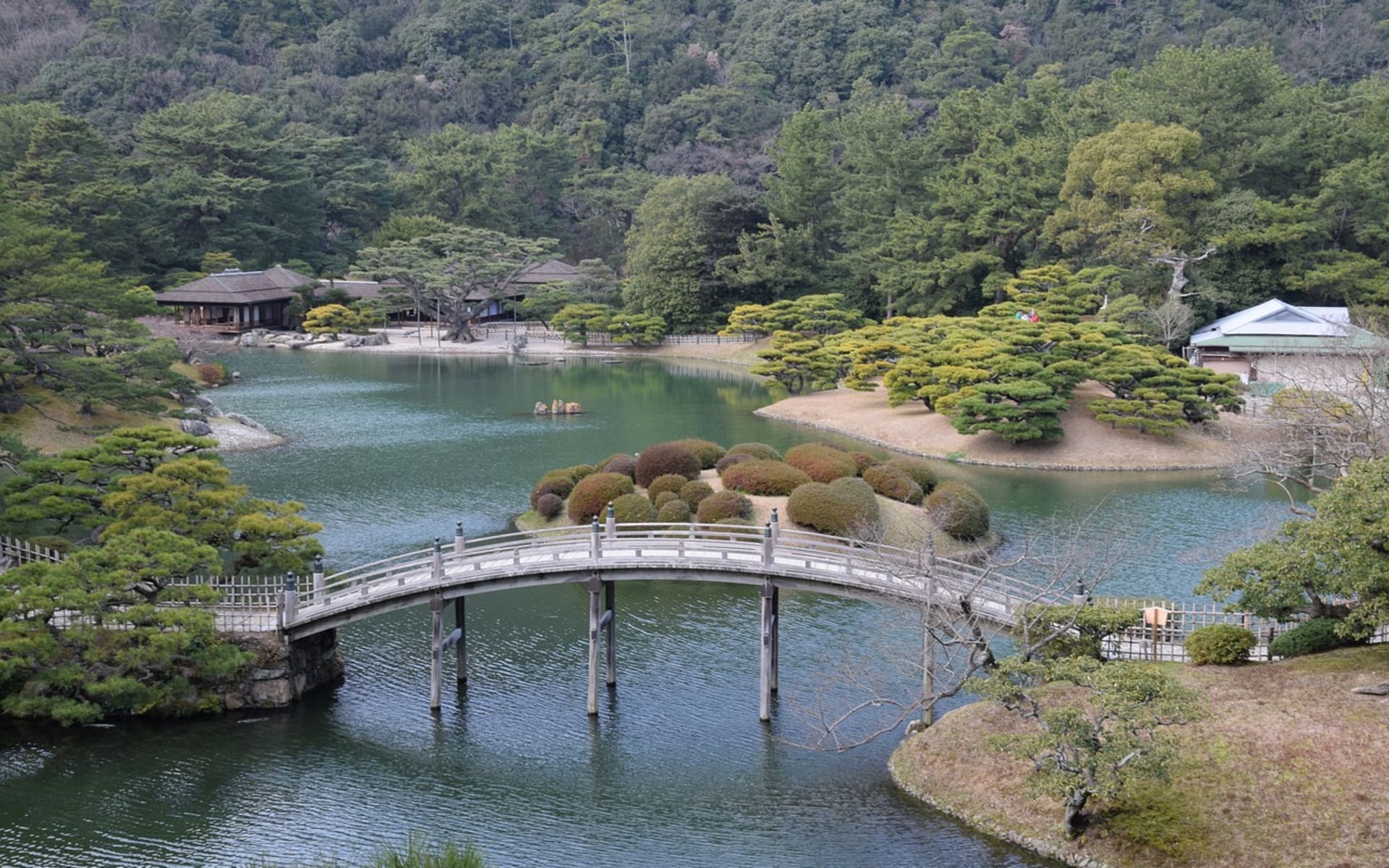
Day 7 – Matsuyama to Takamatsu
From Matsuyama, you’ll take a direct train to Shikoku Island and the city of Takamatsu. This garden city is the largest in the Kagawa Prefecture and was once an important port, linking Shikoku to nearby Honshu. The highlight of Takamatsu is the exquisite gardens of Ritsurin Koen, considered to be one of the most beautiful landscape gardens in the whole of Japan. Other attractions include Yashima Mountain and Shikoku-Mura’s traditional houses and local architecture.
You’ll be staying at JR Hotel Clement Takamatsu (breakfast included), a 20-floor property with views of the harbour and the Seto Inland Sea on one side, and the town on the other. The hotel’s five restaurants serve Japanese, Chinese and Italian dishes, while the bakery produces delicious snacks.
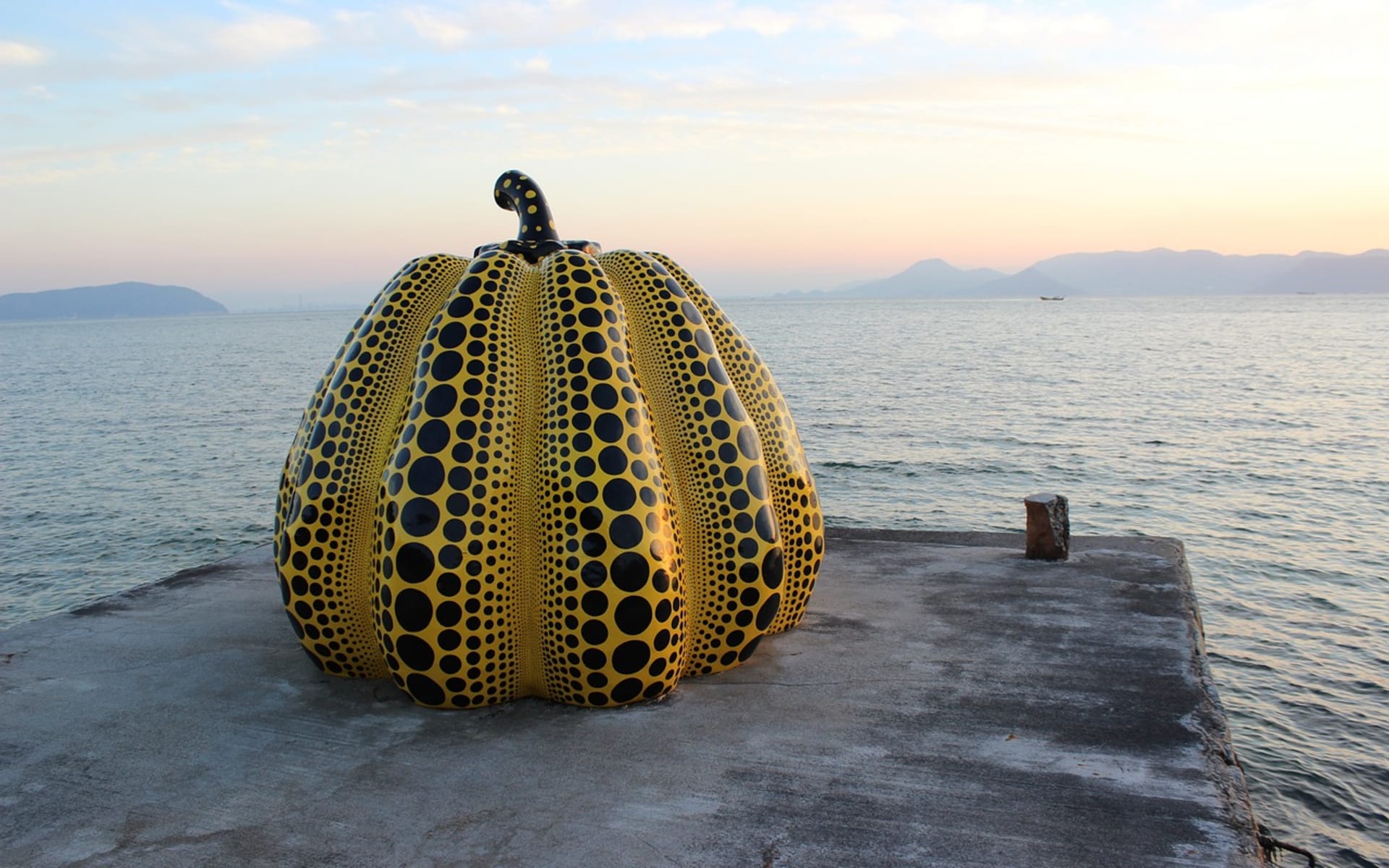
Day 8 – Day Trip to Naoshima Island
The next leg of your two-week Japan itinerary takes you to Naoshima Island. This quirky oddity was once another fishing island, but now Naoshima is home to a creative art project with an impressive collection of art galleries, installations and exhibits. The works on display are scattered all over the island, ranging from sculpture to architecture to painting.
The two largest galleries, Chichu Art Museum and Benesse House are the work of renowned architect Tadao Ando, housing big names like Andy Warhol and Claude Monet. Explore this floating art space at your leisure, on foot or by rental bike, before taking the ferry back to Takamatsu. But, before you leave, we highly recommend a dip in the onsen bath at the kitschy I Love Yuu bath house in Miyanoura.
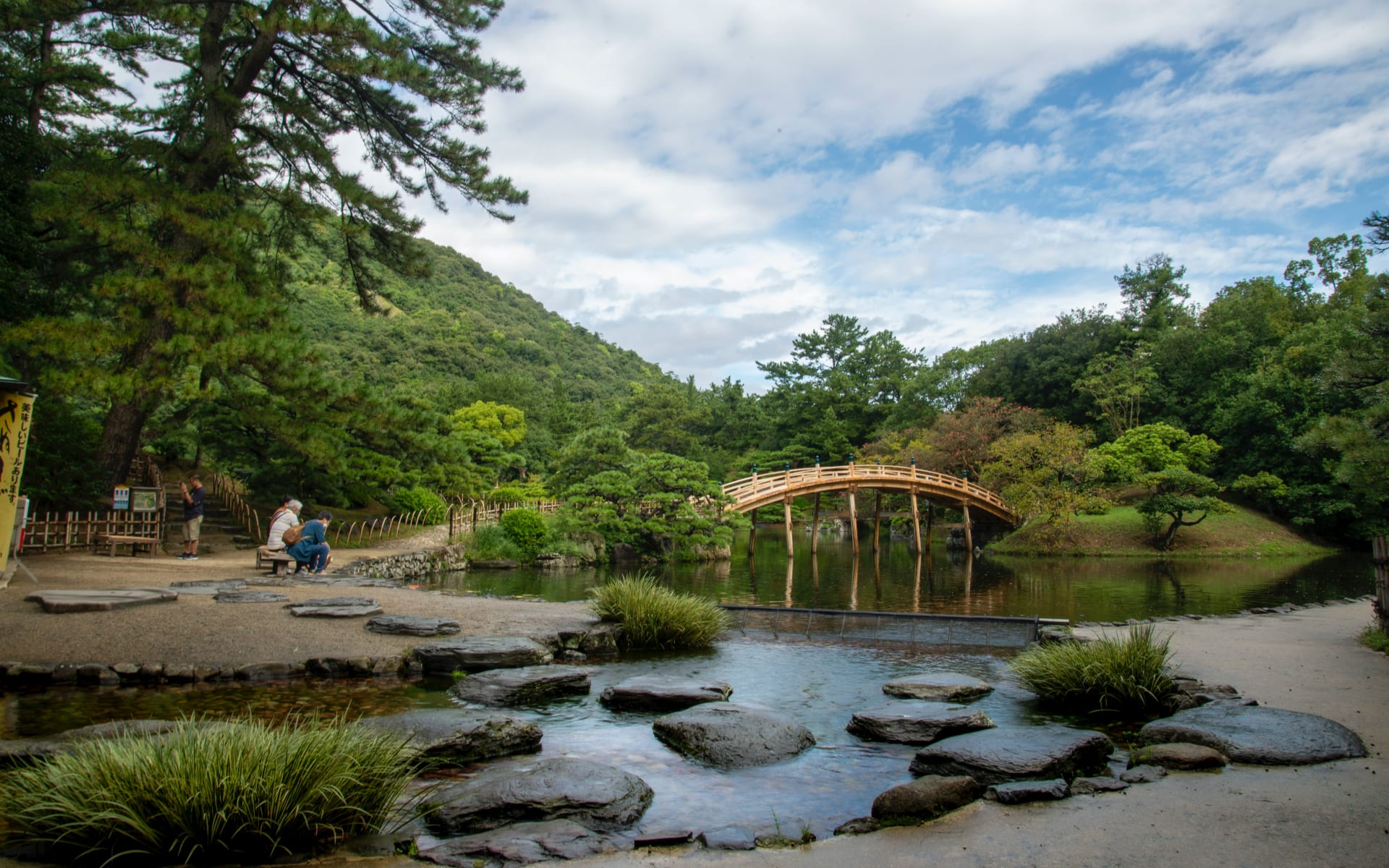
Day 9 – Drive from Takamatsu to Iya Valley
Today, you’ll pick up a rental car in Takamatsu for a three-day road trip around the incredible scenery of Iya Valley. The recommended route through the dramatic Iya Valley is the two-hour Route 32, which involves spectacular views of some of Japan’s most scenic countryside. Be aware that the road is mostly one lane with winding twists around steep cliffs, as you would expect from mountainous terrain.
You’ll stay at the Iya Onsen Hotel, which has its own natural hot-spring baths that you can reach via a scenic ride in a private cable car. Breakfast and dinner are included in your stay, with meals lovingly created using local, seasonal ingredients.
*Note that you will need to obtain an International Driving Permit (IDP) before you travel - we can help to arrange this for you. Your rental agreement includes fully comprehensive insurance, and non-operation and excess waiver fees are also covered.
Day 10 – Exploring Iya Valley by Car
Shikoku’s Iya Valley is one of the three “hidden regions” of Japan - a green expanse of river gorges and lush mountains, cut off from civilisation by near-impossible terrain. The domineering cliffs of Iya Valley, once impassable, certainly put the skyscrapers of Japan’s big cities into perspective.
You have a full day to explore Iya Valley at your leisure: vine bridges, hot springs, villages of traditional thatched-roof houses and, of course, unlimited epic mountain vistas. You can go further to the undeveloped Iya Gorge, located at the lower end of the valley. We also recommend a visit to the charming and traditional Ochiai Hamlet.
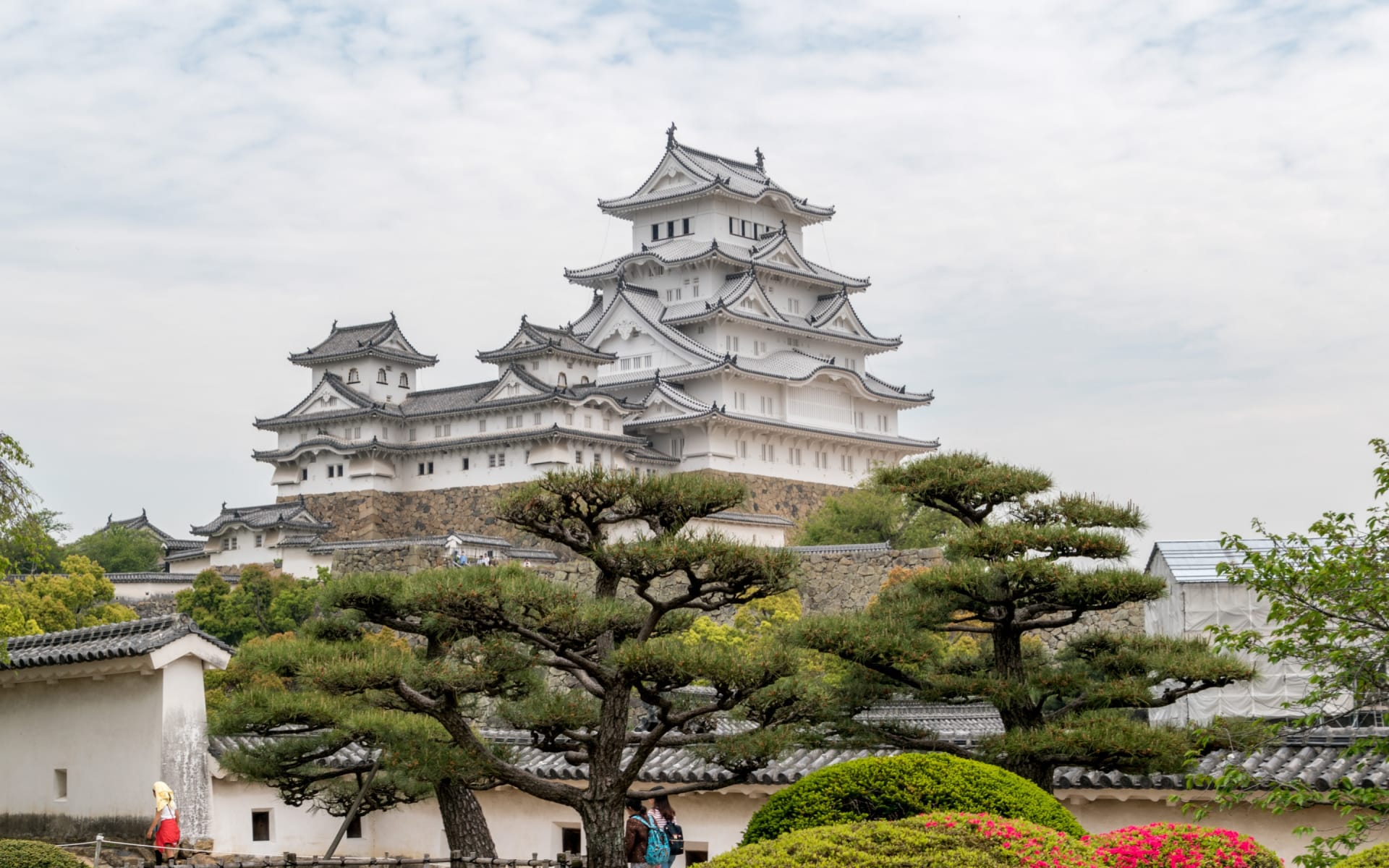
Day 11 – Iya Valley to Himeji
Take a leisurely drive back to Takamatsu along Route 32, with stops at the Peeing Boy statue, a cable car ride, and a dip in the Iya Onsen baths. Then, head to Okayama to explore the famous Koraku-en Gardens and Okayama Castle, with its beautiful garden views. Don't miss the rock formations, water features, and cherry trees. Next, hop on a Shinkansen to Himeji to marvel at the iconic "White Heron" Castle and stay at the Nikko Hotel Himeji, a modern hotel with a pool, gym, and great dining options.
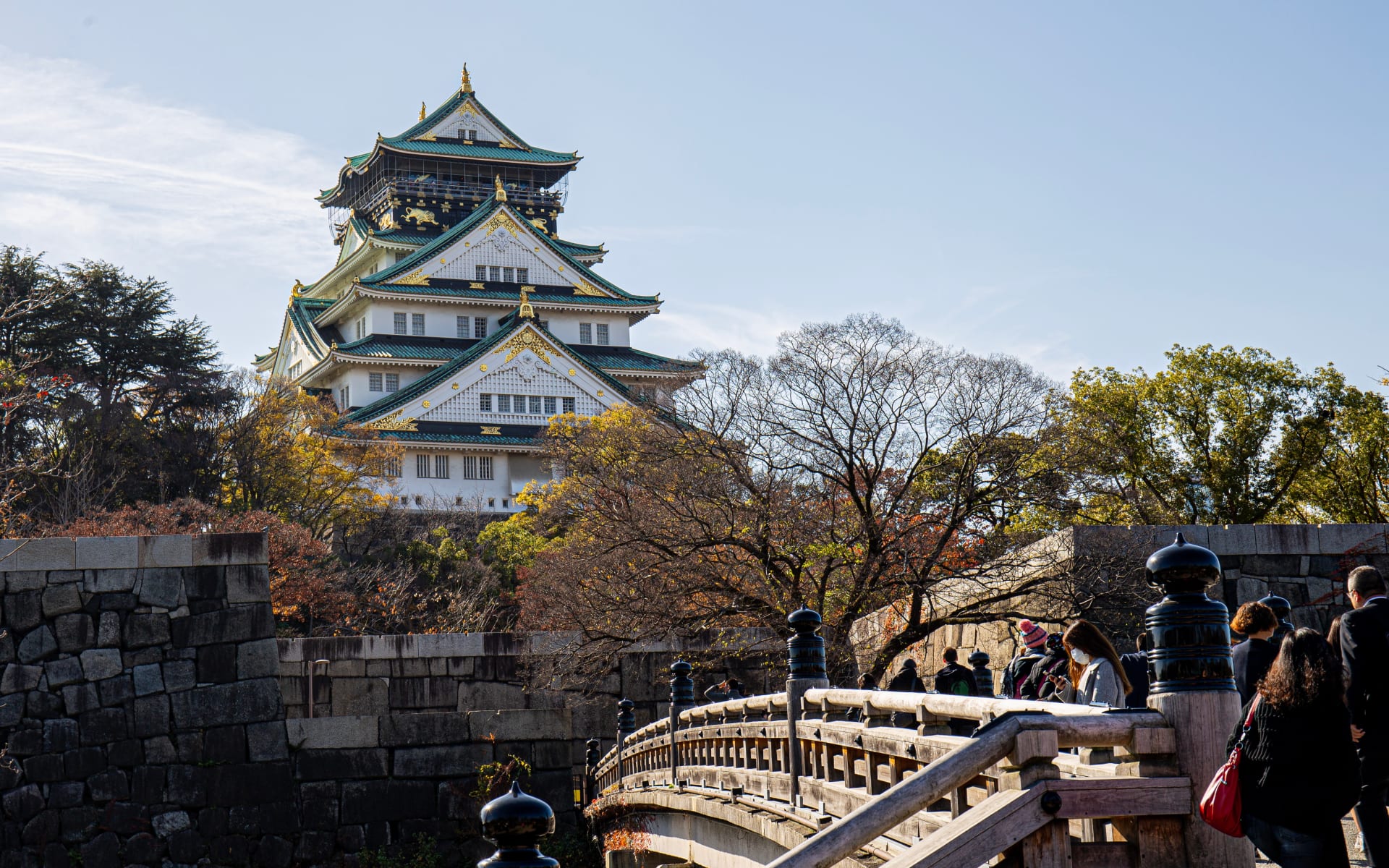
Days 12-15: Osaka
Day 12 – Himeji to Mount Koya
Next, you’ll head to Mount Koya, starting with a 30-minute Shinkansen bullet train to Osaka. Once you reach the mountain’s plateau, you can use your Kansai Thru Pass to take a bus to your accommodation or take a seven-minute taxi.
Your night in Mount Koya will be a particularly memorable experience, as you’ll be staying at the Shojoshin-in temple, which was founded by the first religious settlers in this region. A shojin-ryori (vegetarian) feast of dinner and breakfast is included in your stay, featuring local tofu dishes. Your room may not have a bathroom (you’re well off the beaten path now!), but you can immerse yourself in the waters of the Shukubo’s traditional bathhouse. Dinner is served at 5 pm and breakfast at 8 am, preceded by the morning sutra reciting at 7 am.
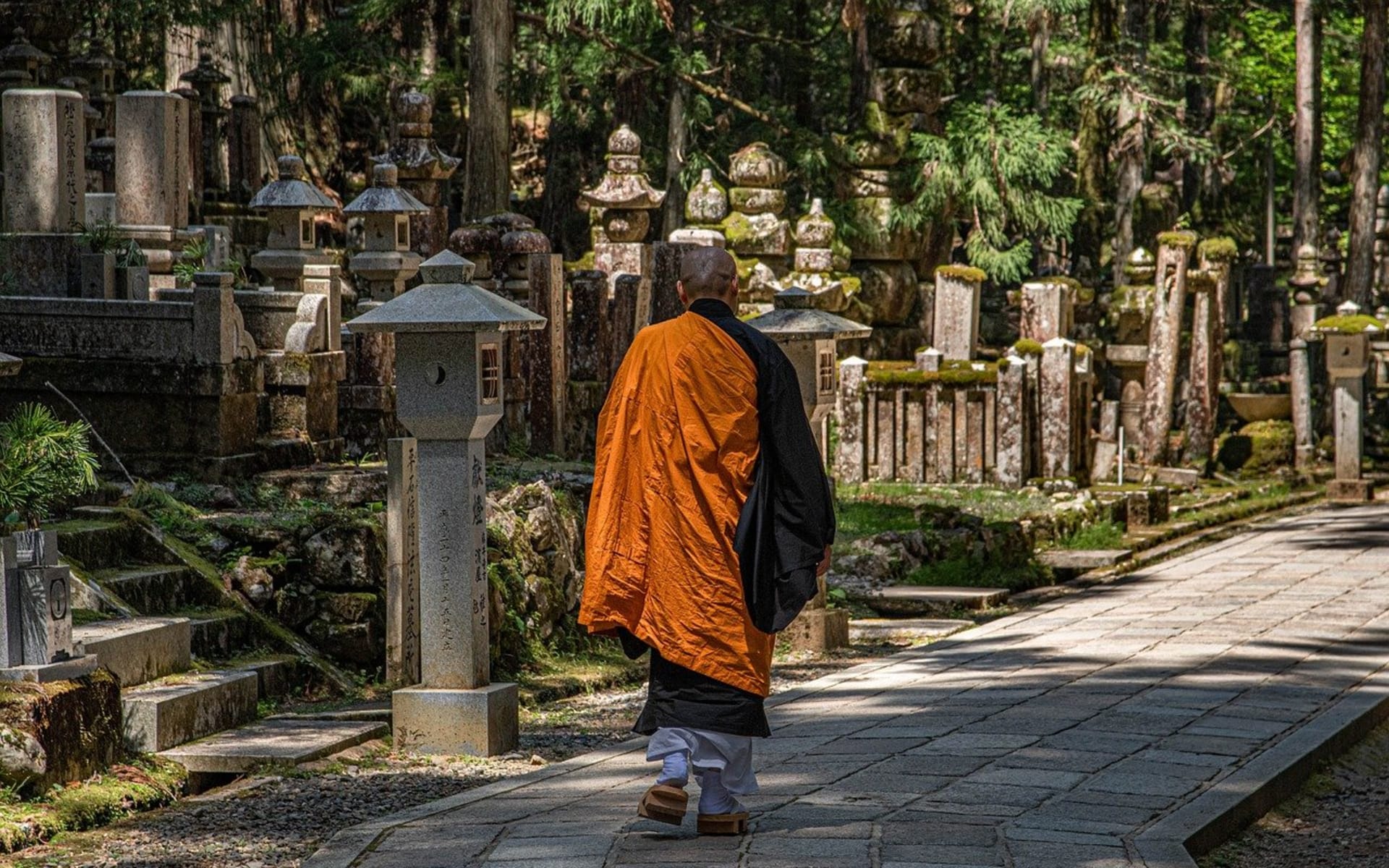
Day 13 – Mount Koya to Osaka
Koya-san is a sacred mountain with a religious history dating back to 816 AD. Today, the peak is home to over 100 different monasteries and temples, as well as the headquarters of the Shingon sect, which is an esoteric school of Buddhism with millions of followers across Japan. The religious site was founded by Kukai, a monk who decided to set up a religious community here after studying away in China. The spiritual atmosphere is heightened by the enchanting natural surroundings, which include many beautiful walking routes.
After a while, you’ll head back to Osaka, and your final two nights will be spent at the Marriott Miyako Osaka (breakfast included). This hotel covers the 38th to the 57th floors of the Abeno Harukas building in the Tennoji District. The property includes several restaurants serving a range of cuisine, as well as a bar and an open-air atrium on the 58th floor, while the lower floors of the building are home to a department store and an art gallery.
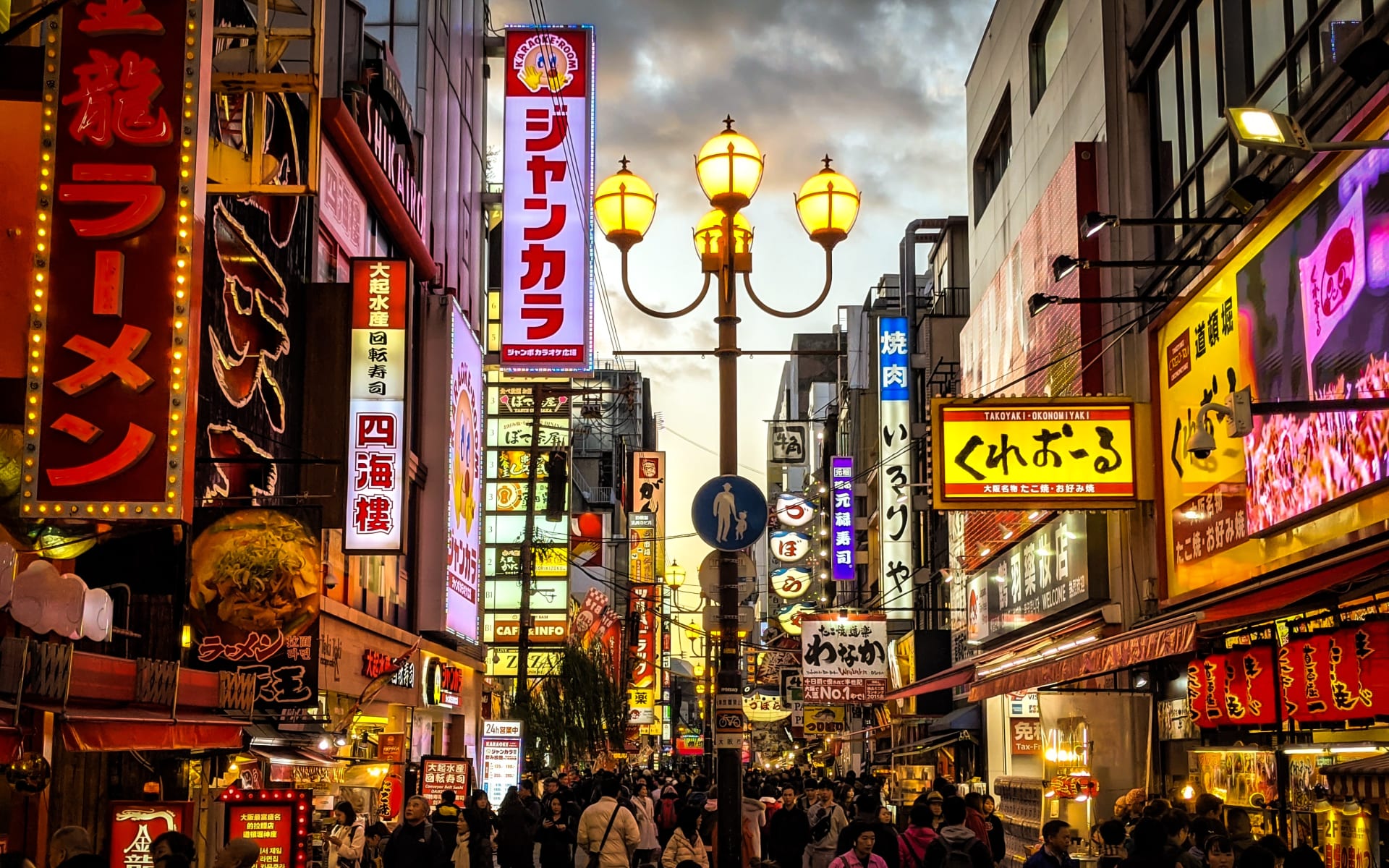
Day 14 – Cycling Tour of Osaka
Osaka is Japan’s second city, though a little more laid back than its big brother Tokyo and not as focused on tourism, which is part of what makes the city so interesting to visit. Osaka is a great representation of modern Japan.
You’ll take a three-hour cycling tour of the city with an English-speaking guide. The tour starts on the banks of Nakanoshima Island and follows the river, passing pre-war buildings that survived the firebombing of World War II, ending at the reconstructed Osaka Castle. However, Osaka shows its true colours after dark, with its creative culinary scene and vibrant nightlife. Be sure to visit the restaurant and bar district of Dotonbori, down by the canals, where you’ll be able to try local delicacies such as takoyaki (octopus dumplings).
Day 15 – Departure from Osaka Kansai Airport
Your Two-Week Rural Japan Tour comes to an end with a private car ride to Osaka’s Kansai Airport, only an hour away from your hotel.
We hope that by the end of your action-packed two weeks, probing deep into Japan’s countryside oases, you feel equal parts exhausted and ready to go again! Hopefully, this trip off the beaten path has shown you a side of Japan that you truly didn’t expect.
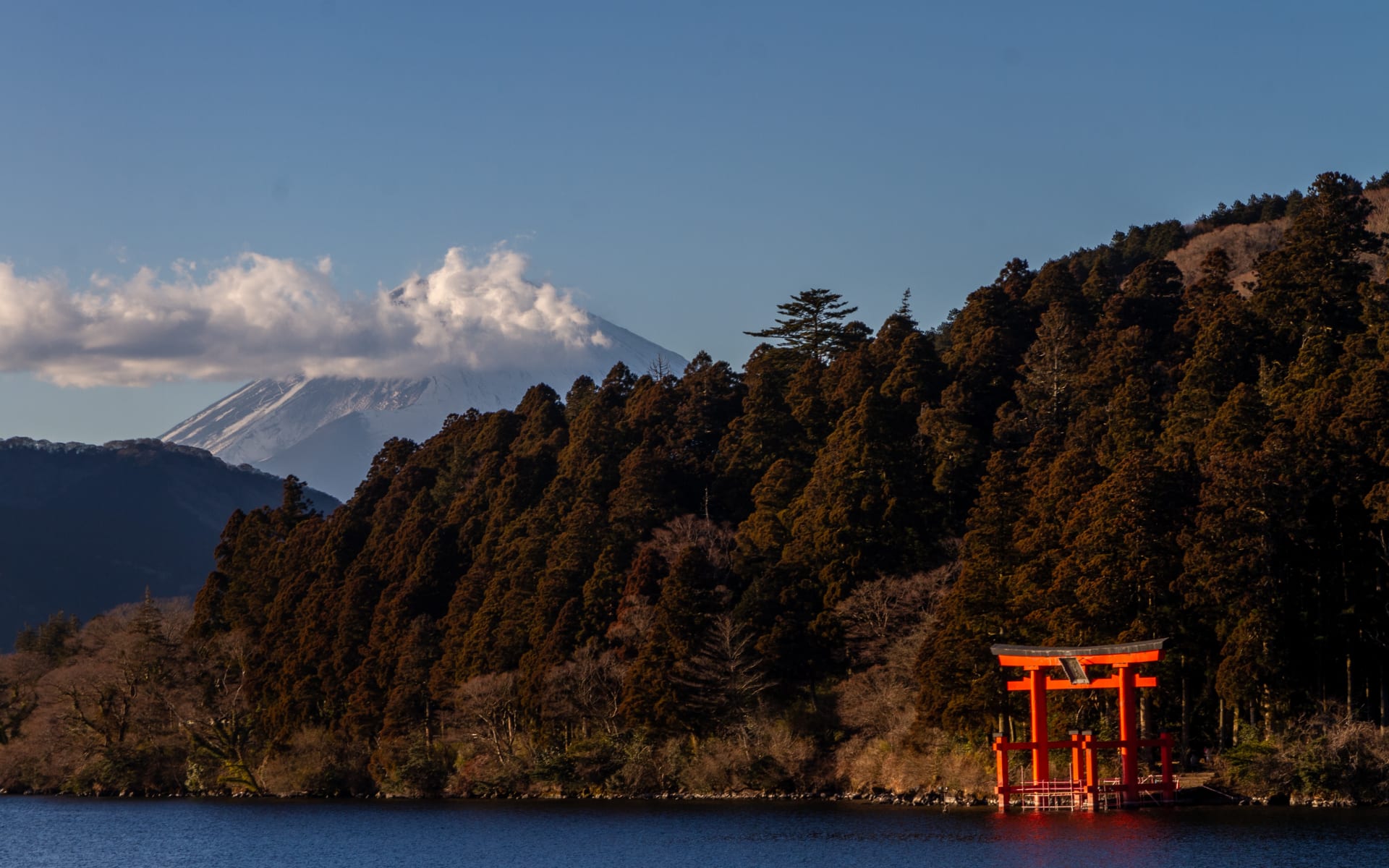
Interested in this trip?
Call us on +44 117 313 3300 to start planning your perfect holiday
Enquire OnlineWhy Wayfairer
All Wayfairer holidays have the objective of having a positive impact on the natural environment and local communities. The local guides we work with are paid fairly, the accommodation providers we work with must be committed to responsible initiatives and our tour activities have a strong emphasis on cultural experiences. This tour of rural Japan includes mostly transfers via public transport, with the aim of cutting carbon emissions where possible. Activities are focused on the natural world and cultural experience, including cycling tours, a stay at a Koya-san monastery and destinations often overlooked by tourists.
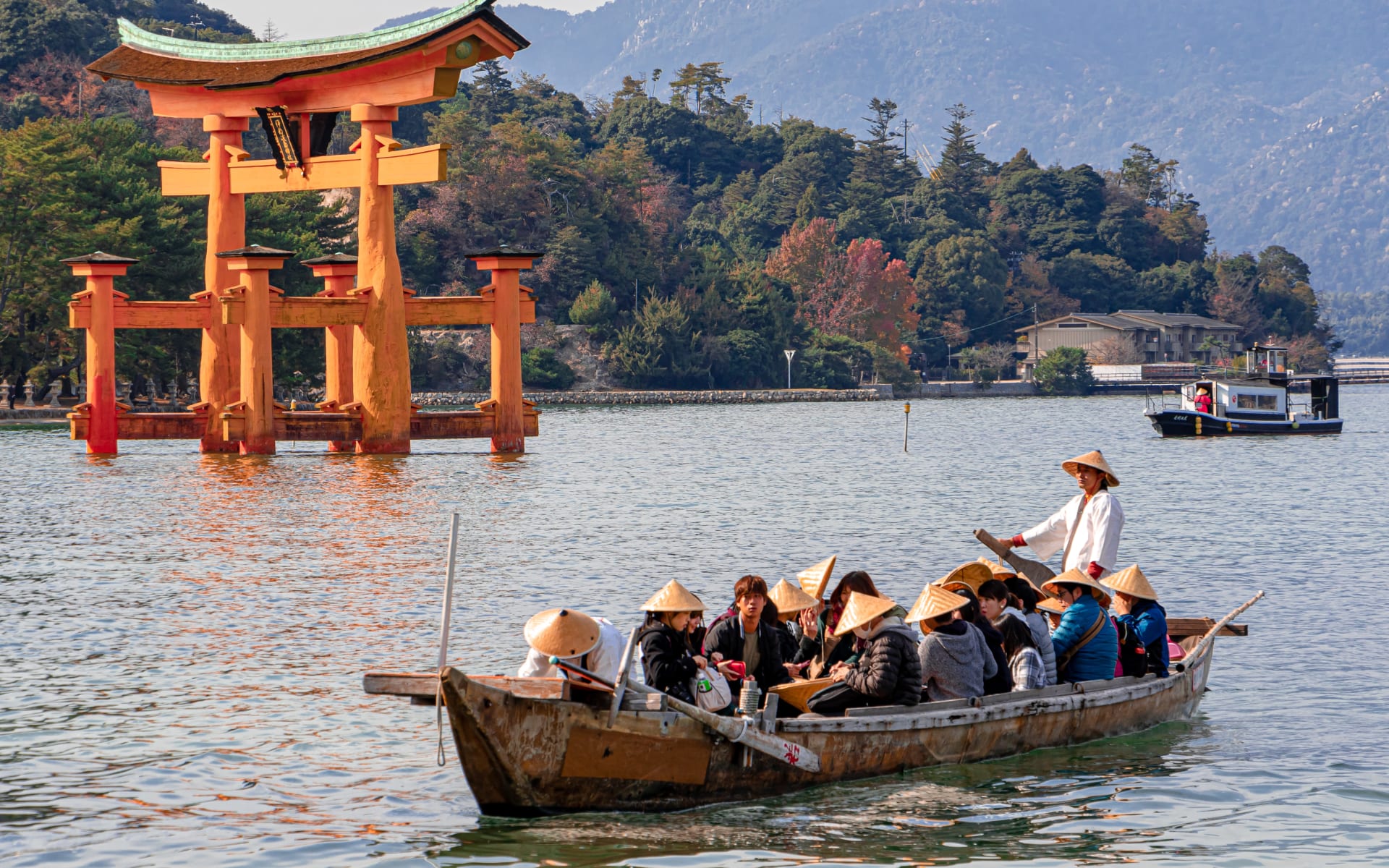
More Japan travel inspiration from Wayfairer customers and travel specialists
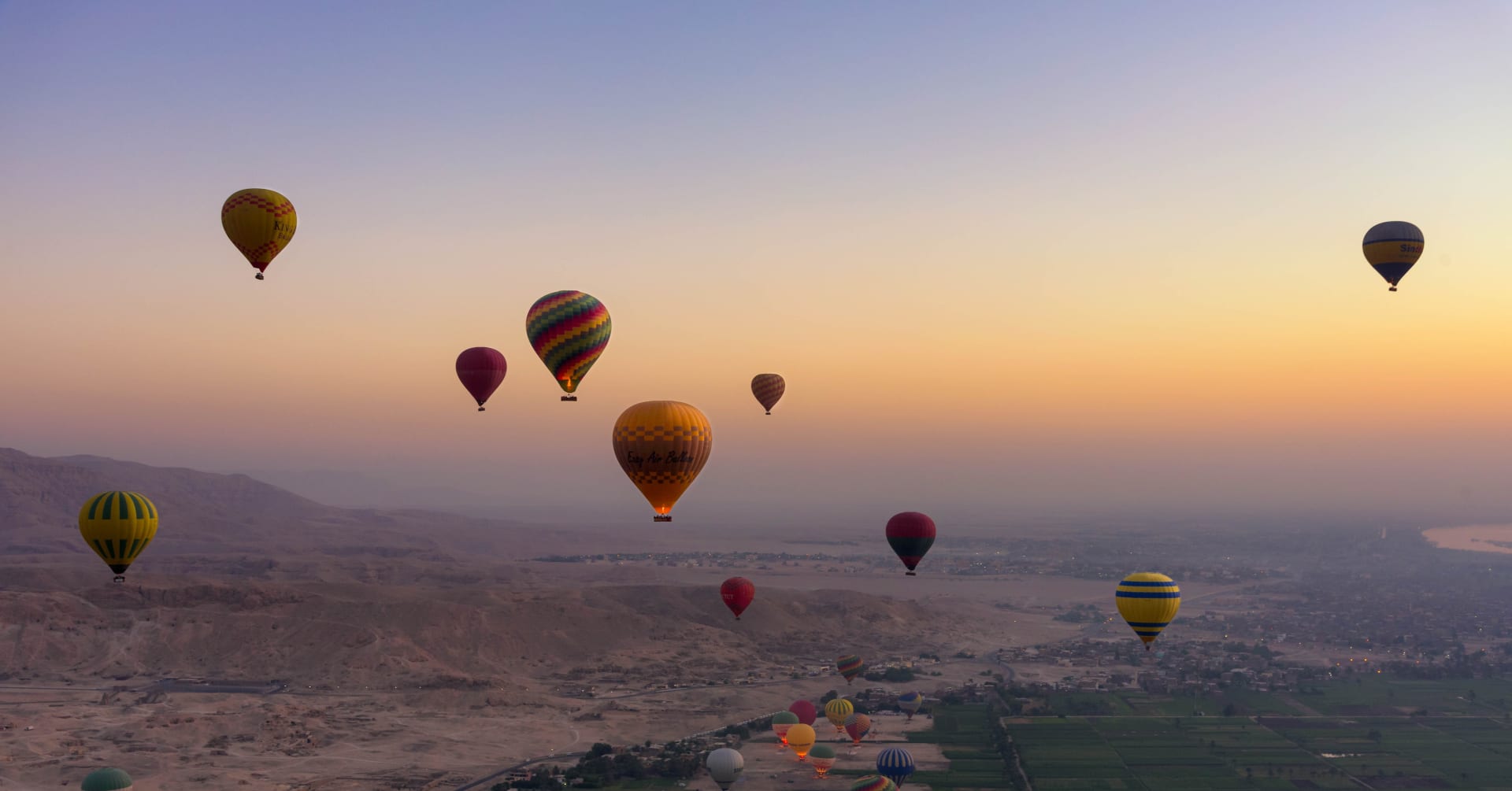
7 Best Places to Visit in November 2023
By Lucinda Elwood
November, 5, 2023
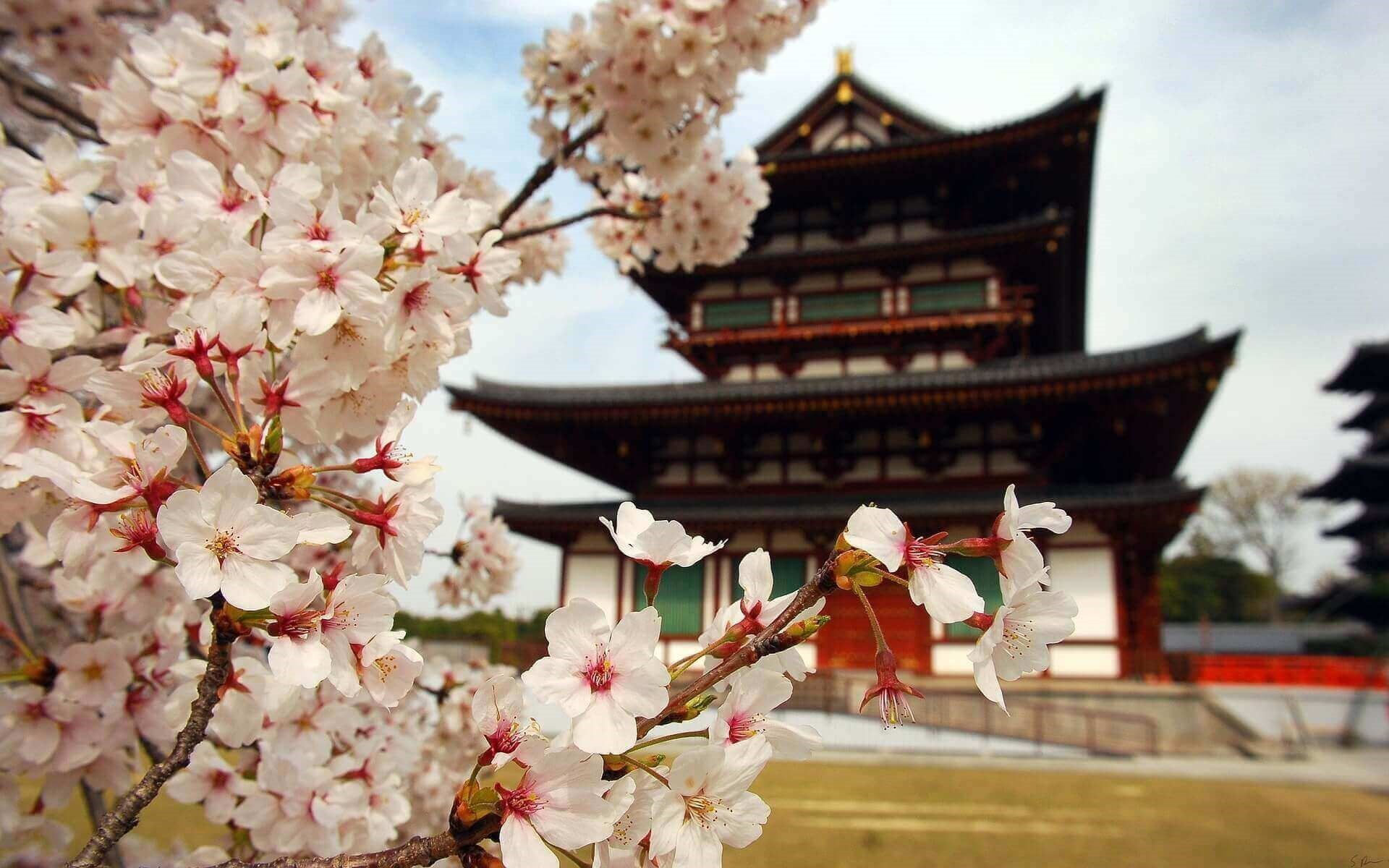
How to Enjoy Cherry Blossom Viewing in Japan
By Maggie Asbury
April, 14, 2023
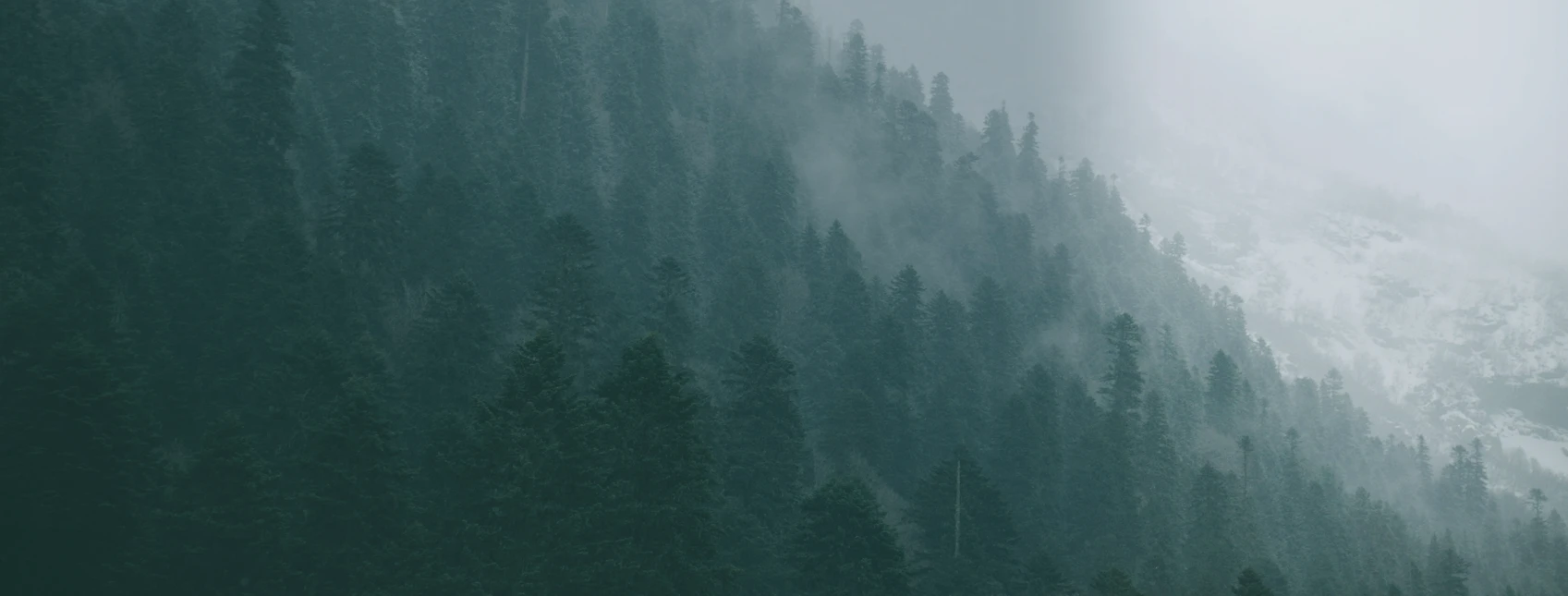
Sign up to our newsletter
For more travel inspiration delivered straight to your inbox just fill in your details here



